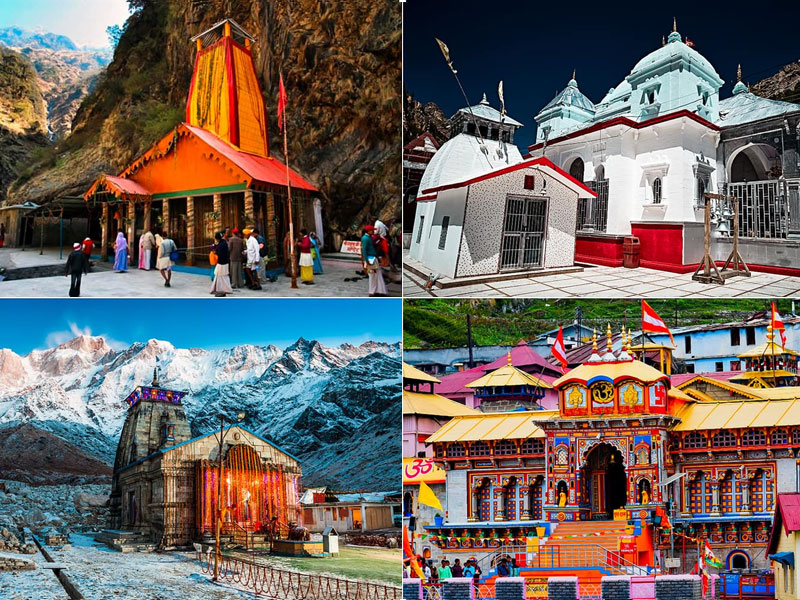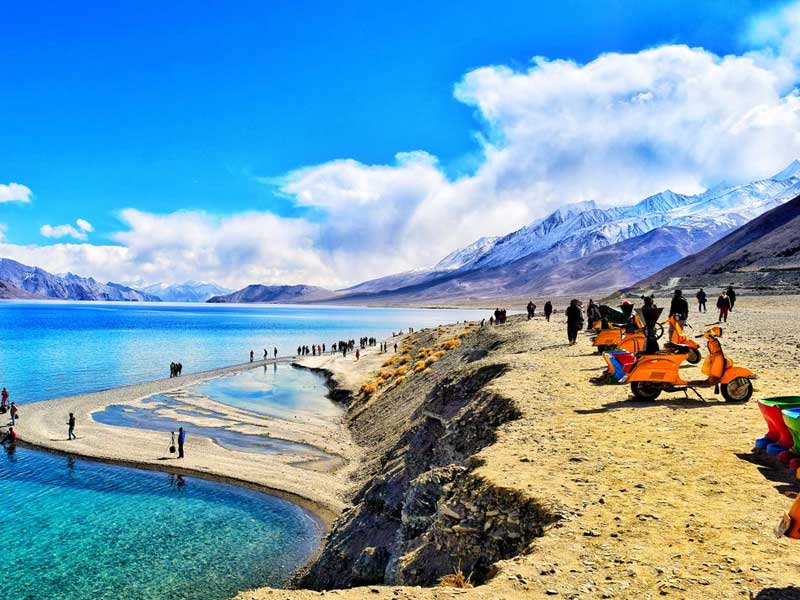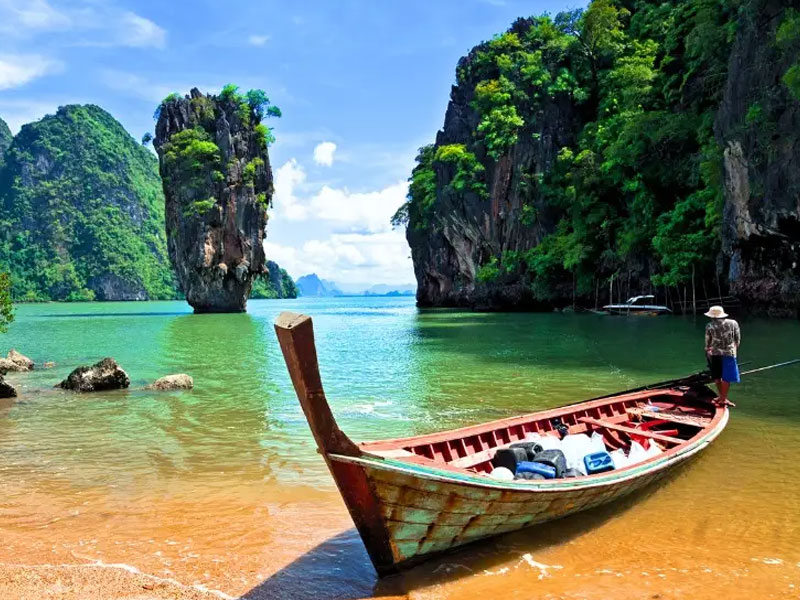Best Things To Do In Kashmir You Don’t Want to Miss
Every year millions of tourists visit the Kashmir valley to enjoy their summer vacations, winter vacations, honeymoon trips and so many type of vacation could be! But most of worried what to do during Kashmir trip?
Our blog is all about top attractions and things to do in Kashmir valley. Here we give answers to most of your questions about what are the things I should do, activities to undertake and what are the most fun things which should not be missed during your trip to Kashmir.
Shikara Ride
Shikara ride is one of the most recommended activity for any tourist to Kashmir Valley and unarguably count as one of the best things to do in Srinagar. Shikaras are gondola- type light rowing boat dotting the surface of the Dal lake.
They are used for getting back and forth from the houseboats or for longer tours. During Shikara Ride in Srinagar, Kashmir you can hear chirping of birds, snow-capped peak in the background creates a cherished memory for lifetime. You can also shop from floating shops and buy eatables during your ride.
Stay in Houseboat
Apart from luxury hotels and resorts of Kashmir Valley you can enjoy stay in Kashmiri houseboats. These houseboats are designed in pleasant Kashmiri architecture generally having luxury bedrooms, separate dining and lounge rooms, as well as a balcony facing the lake with snow covered mountains in the horizon.
Many houseboats have rooftops that are accessible for leisurely evenings. Some even have floating gardens. Guests are treated to some of the most beautiful views and lavish amenities. These houseboats are exquisite. Unlike Kerala, these houseboats are moored on the lake and do not travel.
Explore Magnificent Gardens
The ‘Heaven on Earth’ Kashmir is blessed with picturesque beauty. The verdant gardens in the valley are proof to its beauty. Visiting Mughal gardens built in charbagh style of architecture by various Mughal princes and courtiers definitely count as one of best places to visit in Kashmir Valley.
Gulmarg Gondola
Gulmarg is nestled at 2650 m above sea level at the base of Mount Apharwat. The gondola (cable car) extends almost to the peak of Apharwat, which is at an elevation of 3980 meters above sea level.
The cable car provides access to 1330 vertical meters of vast snow covered slopes. With the setting-up of Gulmarg Gondola Cable Car Lift from Gulmarg to Apharwat top, Gulmarg has become the second highest lift-served ski resort in the world. The total aerial distance covered by Gulmarg Gondola is 5 kilometers and when you viewed from the cable car it becomes a sight not forgotten easily.
Pony Ride in Kashmir
Scenic landscapes enchant all visitors but sometime your feet might not carry you through the dizzying heights and long distances, in such case ponies take you to theses magical locations.
You can find horse (ponies) in popular holiday resorts especially on those places where some roads are not motor able in highlands. Tourists hire ponies to carry out trekking activity in the highlands of the valley. At pocket friendly costs you can hire the beasts. Make sure to carry food and water along with you on your rides.
Rafting in Kashmir
River rafting has been introduced quite recently in the Kashmir Valley. The challenge of the rafting the turbulent rivers fresh from glacial origins is exhilarating. The icy summits of the Himalayas are the birthplace of some of India’s mighty rivers. these waterways fed by innumerable streams race along meandering boulder strewn river beds, cutting deep gorges and dividing into silvery white rapids.
The sport of white water river rafting calls for a triumph over the swift swirling river as it gushes past. River rafting is mainly popular in the upper reaches of Kashmir where the water is wild and white as it froths and foams, crashing against narrow gorges, rocky outcrops and falls at deep gradients.
River rafting too has been classified and graded in terms of degrees of difficulty. Go for guided tours as these can be threatening for the first timers.
Camping in Kashmir
If you want to enjoy fresh air of the mountains with breathtaking views! No place will be batter from Kashmir! Actually Campers can enjoy the paradisaical beauty in the valley. Go for camping, trekking at places by the rivers on the top of mountains and wherever you heart wants. Savor the natural bliss so abundant here.
The days spent away from chaos of cities, breathing in pure air of mountains, sleeping under the unpolluted skies opening up to inspiring views of the Milky Way is simply unforgettable.












